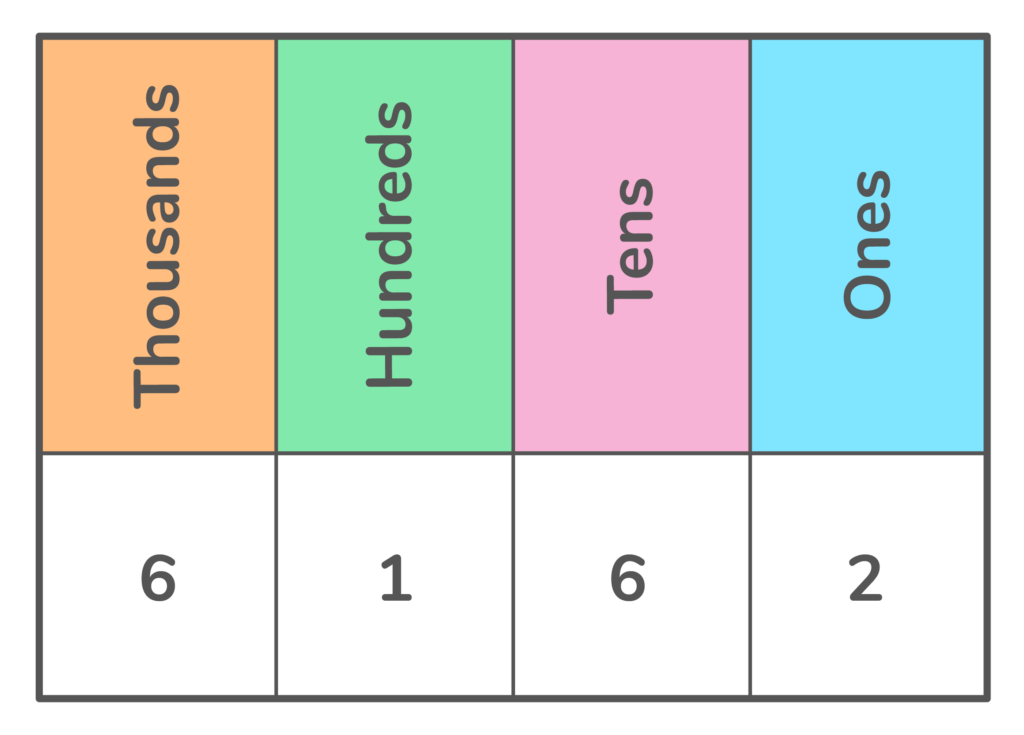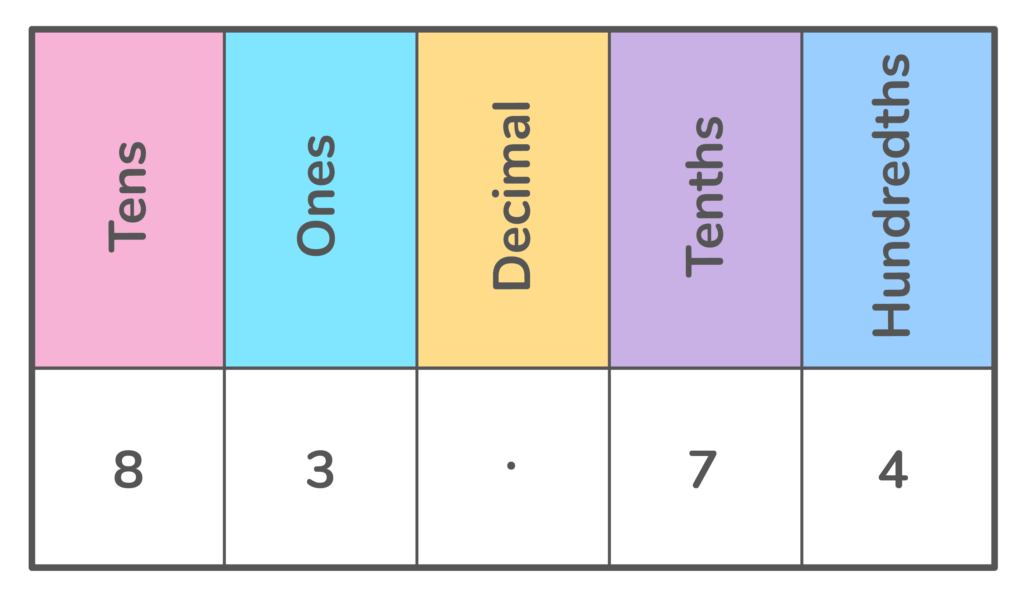

Learn what expanded form is and have a go at some questions!

Author
Katie Wickliff
Published
October 25, 2023




Learn what expanded form is and have a go at some questions!

Author
Katie Wickliff
Published
Oct 25, 2023


Learn what expanded form is and have a go at some questions!

Author
Katie Wickliff
Published
Oct 25, 2023
Key takeaways
Table of contents
As kids learn about the place value of numbers, they’ll also be introduced to expanded form.
If you don’t know what expanded form means, don’t worry! This guide provides a comprehensive overview of expanded form and explains how to write numbers in expanded form.
We’ve also included plenty of examples and practice questions to build your child or pupils’ confidence. Let’s get started!
Expressing a number in expanded form stretches out the number to show the value of each digit.
While we’re used to seeing numbers in their standard form, expanded form helps us to determine place value and is also a great way to add large numbers without a calculator. Finally, understanding expanded form helps kids develop a stronger number sense!
Standard form: 834
8 hundreds
3 tens
4 ones
Expanded form: 800+30+4
In this expanded form example, we see that the digit in the hundreds place (8) is represented by writing 800, the digit in the tens place (3) is represented by writing 30, and the digit in the ones place (4) is represented by writing 4.
Let’s try another expanded form example with a larger number:
Standard form: 23,791
2 ten thousands
3 thousands
7 hundreds
9 tens
1 ones
Expanded form: 20,000 + 3,000 + 700 + 90 + 1
To find out more about standard form, be sure to take a look at our handy guide!

Unlock unlimited maths questions
Put your learning into practice with fun exercises + games that are proven to boost ability!
Want to have a go at some questions? DoodleMaths is an award-winning maths app that’s filled with interactive questions, games and more!
Proven to boost confidence and ability, it creates every child a unique learning experience tailored to their needs, building their skills in as little as six weeks. Try it for free today!


Understanding place value is essential to writing numbers in their expanded form.
Using a place value chart or another table can help kids accurately express the expanded form of both whole numbers and decimal numbers, like the example below.
Start from the left with the first digit (6). We know that the digit is in the thousands place, so write “6” in the blank space under thousands. Then we do the same for the digit in the hundreds place, in the tens, and in the ones.
Inserting digits into the chart helps students write the whole number in expanded form:
6,000 + 100 + 60 + 1

Decimal numbers consist of a whole number and a fractional part, separated by a dot called a decimal point.
In a decimal number, the digits to the left of the decimal point are whole numbers, and the digits to the right of the decimal point are fractional parts of the number.
Writing expanded form with decimals is similar to writing whole numbers in expanded form. Children can use a place value chart or table to write the expanded form of decimals, like the example below:
Standard form: 83.74

Inserting digits into the chart helps kids write the decimal number in expanded form:
Expanded form:
80+3+7/10 + 4⁄100
Or
80+3+0.7+0.04
Click on each box for the answer!
700,000+20,000+3,000+100+10+9
40+5+0.7+0.02
645
Expanded form is a method of writing a number to show the value of each digit.
You can write a number in expanded form by writing the place value of each digit and then adding them together to reach the sum in the standard form.

Rational vs irrational numbers
Explore the differences between rational and irrational numbers
What is standard form?
Discover how standard form helps us represent numbers and equations clearly
Lesson credits

Katie Wickliff
Katie holds a master’s degree in Education and a bachelor’s degree in both Journalism and English. She has over 15 years of education experience and a certified tutor. Most importantly, Katie is the mother of two kids, ages 8 and 11. She is passionate about education and firmly believes that the right tools and support will help every child reach their full potential.

Katie Wickliff
Katie holds a master’s degree in Education and a bachelor’s degree in both Journalism and English. She has over 15 years of education experience and a certified tutor. Most importantly, Katie is the mother of two kids, ages 8 and 11. She is passionate about education and firmly believes that the right tools and support will help every child reach their full potential.
Book a chat with our team
If you’d like to use Doodle’s browser version, please visit this page on a desktop.
To log in to Doodle on this device, you can do so through our apps. You can find out how to download them here: